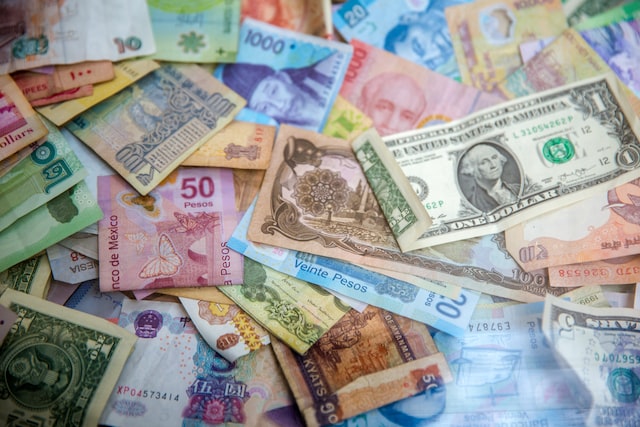Harpur Trust v Brazel [2022] UKSC 21
February 19, 2023
Navigating the process of becoming a law student at university
February 19, 2023Article by Vinita Prajapati
The world is a big economy consisting of each country’s smaller economies. In this bigger economy, we need a common currency to trade among smaller economies, and we require transactions around the world to run this economy.
For this purpose, countries keep a reserve currency to export and import and conduct transactions worldwide. After the Second World War, the dollar emerged as one such currency decided by the countries, including the US and its allies, by an agreement known as the Bretton Woods Agreement. Before the second world war, gold was used to issue currency, and it was used as a currency benchmark to determine the value of a currency. The Bretton Woods Agreement replaced gold with USD.
The value of any currency is determined in comparison with USD. The USD became the world’s dominant reserve currency by the 1970s. The oil trade also expanded the use of USD as a reserve currency. Oil is a major part of any economy. When Arab countries decided to accept USD in exchange for oil, it became more powerful. This is especially so since oil is the backbone of every country’s economy. After which, it was named Petrodollar.
USD soon became investors’ first choice, as it gave them a sense of stability. Most of the oil and goods trade transactions were done using USD. As of 2020, the US had $2 Trillion in circulation, out of which half is used as reserve currency outside the USA for different transactions.
Around 90% of Forex trading is done in USD. In 40% of the world, debt is issued in USD. But, after being overly dependent on USD, many countries are moving towards a change. As the US became more powerful, the USD’s dominance has given the country an unforeseen advantage, sometimes used by the US against the benefit of different countries to follow its own rules.
During the Russia-Ukraine war, the US used USD’s supremacy to freeze Russia’s holdings of 600 billion USD, which the US can do with any country. Due to this, BRICS (Brazil, Russia, India, China, and South Africa), consisting of 24% of the global economy and 40% of the world’s population, is coming up with its own currency.
The world is coming up with its mechanism for international and foreign trade. The euro is also used by 20 European countries known as the Eurozone, which has a population of 344 million people. It has the highest combined value of banknotes and coins in circulation. Its size in itself gives a mathematical advantage to being the most expensive currency in the world. Japan’s yen is also used tremendously by different nations, and the pound is the world’s oldest currency which is still in use.
China’s renminbi is also being used by Russia, Vietnam, Thailand, Sri Lanka, and Japan with an agreement to settle trade in the Chinese yuan. China imports a large amount of oil from Saudi Arabia; the former makes 18% of its crude oil purchases from Saudi Arabia. In 2022 China paid more than 55 billion USD to Saudi Arabia for its crude oil purchases. Brazil and Argentina are soon to announce a common currency. Russia and Iran are working on cryptocurrency backed by gold. India and UAE are looking for ways to conduct non-oil trade in rupees. Sri Lanka also agreed to make all its international trade with India in rupees and the same with Bangladesh. The rupee was also used for the first time to settle foreign trade between India and Russia. RBI, the Central Bank of India, has announced a new mechanism to settle international trade in the Indian rupee.
As the world is changing, countries are unlikely to settle their trade in one currency at the mercy of one country in the future. The USD had enjoyed an uncontested rally for too long. But soon, the world will see a new era of virtual currencies being used for foreign trade with the digitization of the economies of all countries.





